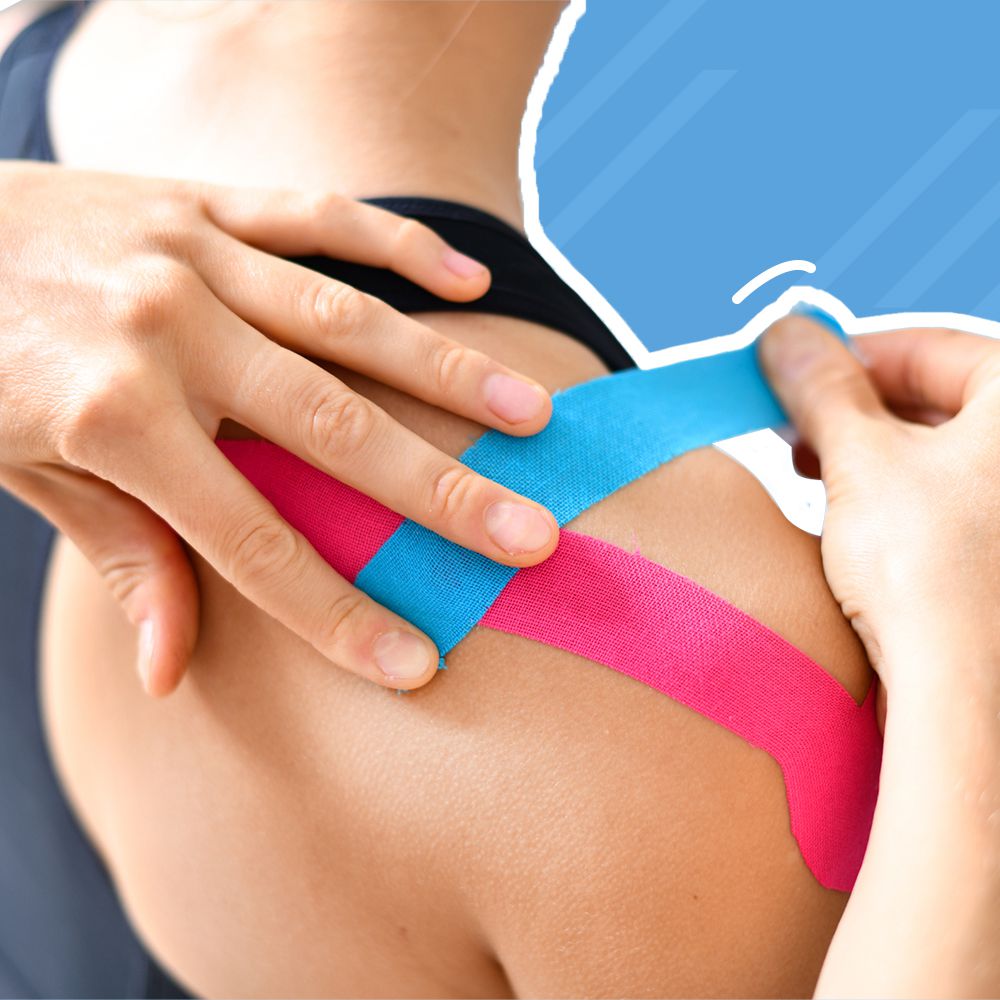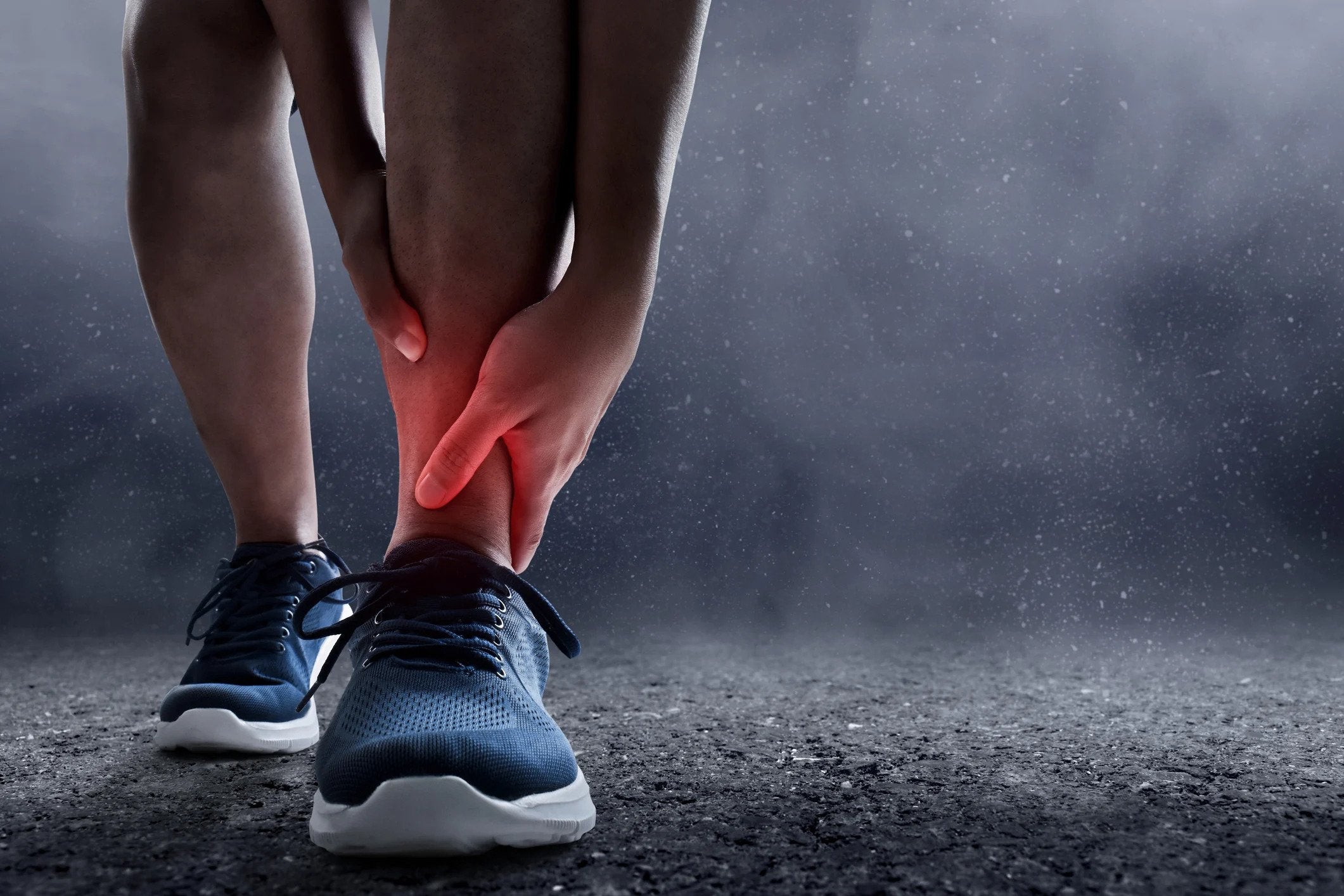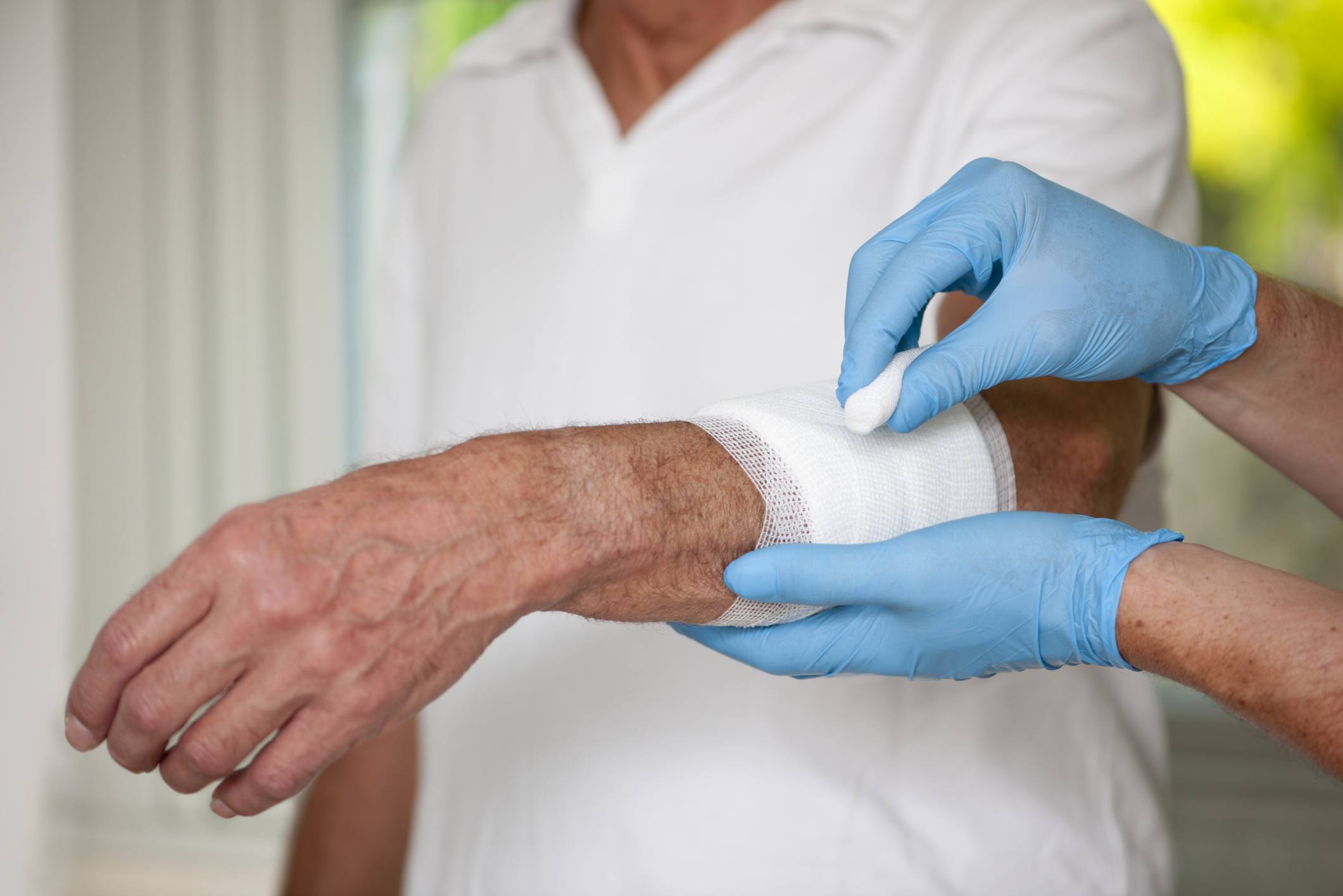
Any sports practitioner that has trained in any particular discipline for a prolonged time has experienced the pain that strained, pulled, or hit muscles can generate. It can happen at any moment across all the fields of sport. While running focused on breaking a lip time, or that final push on a bench press, when the effort produces a short tremble followed by the muscle simply giving up.
Thankfully when these last efforts fail, it does not mean the journey is over, it is just another opportunity to break through limits, and thankfully there are several tools like sports tape for muscle support to help along the way.
While injuries will always differ depending on the severity of the lesion, they can all benefit from the added support of sports tape for muscle support. The readily available tape has become a staple in most gyms and sporting events. It has become mainstream to see Olympic-level and professional-level athletes sport these colorful sticky bands of cotton and polymer stretched across the muscles to hold and support their efforts.
The athletic tape might not be adequate for all injuries since many require immobilization of the joint or muscle to either speed up recovery or avoid making it worse. The ones applying the tape to their situation usually see a more expedited recovery to their chosen discipline. Soon the athlete sees themselves lining up at the starting line or blowing excess chalk off the palm of their hands just before hoisting up a new personal record.
Sports Tape for Muscle Support: Muscle Injury
A muscle injury usually occurs due to overexertion and even overuse of a particular muscle group. These types of injuries are referred to as muscle sprains. They see the connective tissue between the muscle fibers and ligaments attached to the bones.
Not to be confused with muscle tear for growth. A muscle grows during exercise by the constant tears in its fabric, then the body rebuilds these tissues, and the muscle grows. It is essential to know the difference when referring to a muscle injury since a misunderstanding might lead to further injury. There is a sense of honor and self-sacrifice when training through an injury or a muscle sprain. While it might look fantastic in the movies, a muscle sprain can make life miserable if not looked after correctly. So know the difference between a sore muscle in growth and an injured muscle.
Most common sprains happen in the legs; the ankles usually take the brunt of the injuries, especially the Achilles tendons. These injuries not only happen during effort; it is frequent to pull a muscle or sprain it during an overstretch, which might actually cause a more severe injury involving a complete tear of the connective tissues.
Muscle injuries are usually categorized into three grades or degrees of injury based on how severe the injury is.
1 Grade: this type of injury is considered a mild muscle injury due to the muscle fibers being only slightly compromised (less than 5%), which in turn causes only a slight loss of motion and strength. Think of feeling sore after an intense workout with nagging pain.
2 Grade: With a greater degree of compromised tissue, the damage limits mobility and effort using the muscle or muscle group, causing pain and discomfort. Think of this type of injury when it is painful to move any joint due to bad form or technique where the foot planted at an angle or a wrist was wrenched in the wrong direction while performing a lift.
3 Grade: The muscle tore, raptured from the joint or tendon due to overexertion of poor technique or an accident. This type of injury requires surgery. Though rare, it happens to witness an athlete trying to bench press. Their body shakes, and a muscle in their chest collapses. The sensation of the injury is horrible. The injury needs emergency care, and the athlete must be immobilized until surgery is performed.
Swelling is a side effect of any injury caused to a muscle or articulation. Referred to as Myositis, it regards weakness or pain common with a muscle injury. The body sends fluids to the area, inflames, and causes it to immobilize naturally. The lack of circulation means the joint or muscle heals slower due to a lack of oxygen.
Sports Tape for Muscle Support: R.I.C.E and Sports Tape
While the third type of injury is excruciating and will require months of rest, the first two, while uncomfortable, can be worked with and treated with a simple method. R.I.C.E stands for Rest, Ice, Compression, and Elevation. Rest, ice, compress, and elevate have been the gold standard for at-home therapy for years and can even be helped with proper anti-inflammatory medication and linament oil to provide relief when the injury produces pain.
Rest: The most common advice given by doctors or physical therapists. Stop the activity that is causing the discomfort. The time off will give the body the time it needs to heal the area and lower swelling.
Ice: One of the most common tools of the trade, bags of ice are placed on the injury to help keep the accumulation of fluids down. The ice also brings pain relief by numbing the area, and unless it is a break or some fracture, it will help manage the pain by lowering the area's temperature and fighting off swelling.
Compression: The use of sports tape is essential for treating an injury; its primary use is to fight off the accumulation of fluids to the injury. The constant pressure on the injury keeps the fluids at bay and allows the circulation of oxygen to the affected area.
Elevation: The use of elevation to the injury keeps the injury at bay. The elevated injury is why movies frequently figure injured patients in hospitals with broken legs in stirrups hanging from bed frames.
Sports Tape for Muscle Support: Sports Tape, Kinesiology Sports Tape, K-Tape, Athletic Tape
Sports tape, or Kinesio tape, was developed in the 1970s by Dr. Kensio Kase, a chiropractor who wished to create an alternative tape to the ones available on the market at the time. The medical tape was not flexible and would be used to immobilize injuries until the athlete was healed. The injury would also mean the athlete would not be able to compete, no matter how severe the injury.
His patients would frequently complain that total rest was not necessary and that they could still engage in other types of training. Dr. Kenso started developing a tape that combined cotton and a stretched polymer. The intention was to bring support to the injury and muscle while still allowing it to heal. The tape would not interfere with the athlete's training, especially when a significant event is close.
K-Tape, sports, and athletic tape came to public attention as the athletes prominently used them during the Olympics held in London in 2012. The brightly colored tapes could not be ignored as athletes tumbled, spun, and landed, all the while sporting these neon strands that seemed to improve their performances.
Sports Tape for Muscle Support: Compression and Adhesion
One of the main features of the sports or Kinesio tape is the application of the tape to an injury provides compression while still being flexible enough to allow an athlete to continue training and even participating. When applied to a muscle or joint, the tape not only brings stability but creates enough pressure to fight off inflammation and swelling; the constant circulation of blood almost guarantees a faster return to total health.
The tape is simple to use, though proper technique and knowledge of how to place the strips of tape properly are crucial. While not harmful, the wrong shape or too much tape will not assist in healing. So refer to your physical therapist for proper application and instruction so the patterns can be copied and replicated at home. There are also plenty of information resources online that show how to apply the tape to help with an injury.
The application of the tape itself is simple enough once the desired shapes have been cut. Keep in mind that once the tape is placed on the spot for the support, it has to be rubbed, so the heat from the friction activates the adhesive. The glue on the tape is quite strong and meant to last up to three days, so keep that in mind if trying to remove it. Athletic tape, sports tape, or kinesiology athletic tapes are not meant to be used to stop bleeding, and removing the tape without proper care over an open wound can lead to further complications like reinjury by peeling the wound open again.
The removal of the tape can be pretty straightforward, use baby oil over the bandage and allow it to soak, wait 30 minutes, then remove. Or a hot shower with warm weather and plenty of lathered soap will allow the removal of the tape. Always remove the tape following how the hair on the body grows if pulled the opposite way; it will remove the hair.



